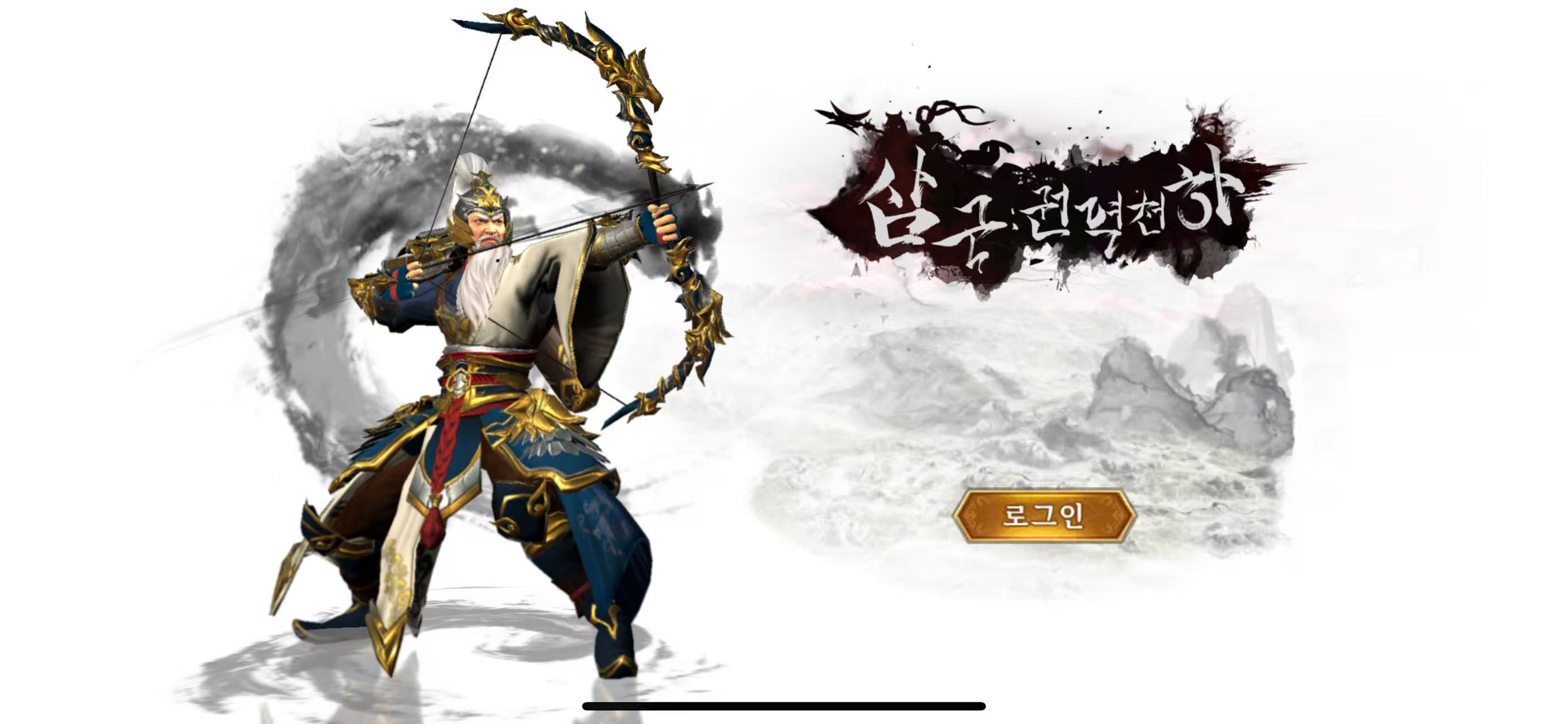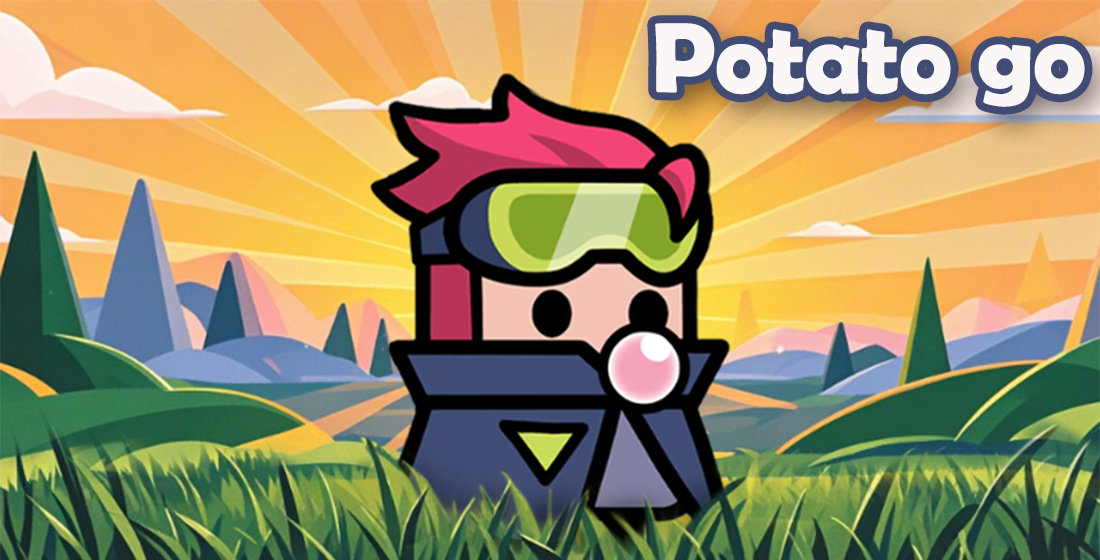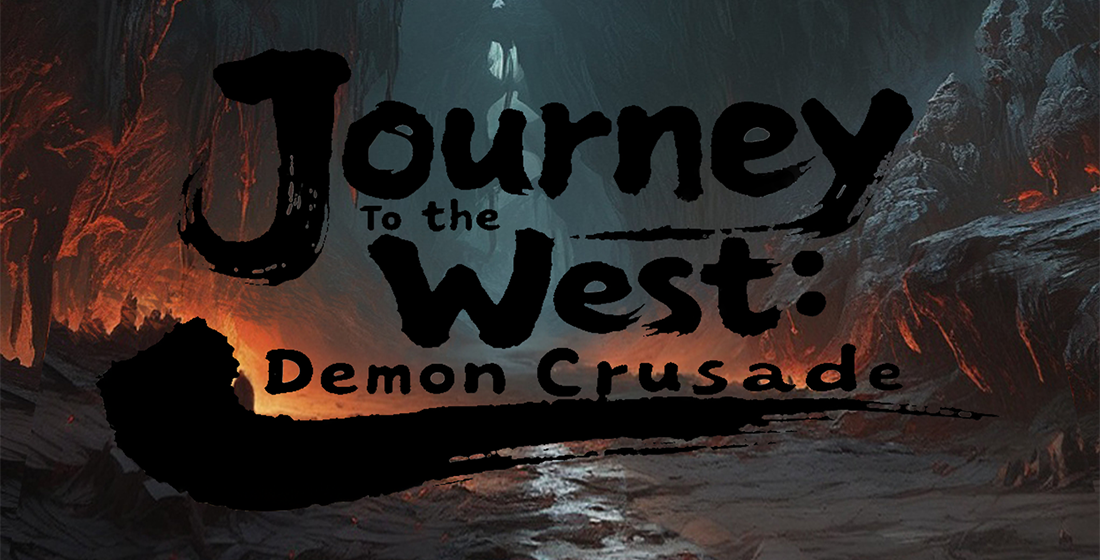Why Casual Games Are Revolutionizing Real-Time Strategy Games Today
In the ever-evolving world of video games, the intersection between casual gaming and real-time strategy (RTS) games has grown increasingly dynamic. Casual games, known for their accessibility and engaging gameplay, are not just side options anymore. They are shaping the future of strategy games and redefining the gamer landscape. So, how exactly are casual games revolutionizing RTS today? Let’s delve deeper into this phenomenon.
The Rise of Casual Gaming
Casual games have exploded in popularity in recent years. Games like Angry Birds, Candy Crush, and Among Us showcase appealing elements: simple mechanics, short play sessions, and social integration. Crucially, these aspects align with the changing preferences of modern gamers. A survey found that 78% of casual gamers play for stress relief and brief entertainment.
Key Features of Casual Games That Attract Players
- Simplicity: Easy-to-understand mechanics draw in non-gamers.
- Accessibility: Available on multiple platforms, including mobile, allowing for on-the-go gaming.
- Social Interaction: Players can easily connect with friends and engage in friendly competition.
- Short Sessions: Matches typically last between 5 to 30 minutes, catering to busy lifestyles.
Blending Casual and Real-Time Strategy Games
Real-time strategy games traditionally require deep focus and considerable time investment. However, the infusion of casual elements into this genre has led to exciting new formats. Games like Clash of Clans and Plants vs. Zombies exemplify how RTS can be more approachable by incorporating short matches and simplified gameplay mechanics.
This blend allows new players to experience depth without the steep learning curve that was once the hallmark of RTS games. A recent study showed that 65% of casual gamers are now interested in RTS games that mimic this accessible format.
Case Study: "Clash of Clans"
In a raw numbers game, Clash of Clans sets the benchmark. Released in 2012, it broke records with over 500 million downloads worldwide. The developers mastered the art of integrating casual game mechanics into a real-time strategy framework. Players can build their clans, engage in short battles, and level up their troops without needing prolonged gaming sessions.
Impact on Game Development Trends
This hybridization isn't just a trend; it has implications for game development itself. Publishers are now pivoting towards a model that prioritizes casual engagement in strategy games. Here’s a table that illustrates how these trends reflect on the gaming industry:
| Aspect | Traditional RTS Games | Casual RTS Games |
|---|---|---|
| Gameplay Duration | 1-2 hours | 5-30 minutes |
| Learning Curve | Steep | Gentle |
| Player Demographic | Hardcore gamers | General public |
| Platform Availability | PC and consoles | Mobile, PC, and consoles |
The Best PS4 2 Player Games with a Story Mode
If you're looking for games that can bring friends together while featuring both casual and strategic elements, consider these options:
- A Way Out - A cooperative adventure where players must work together to escape from prison.
- Overcooked 2 - A fast-paced cooking game where teamwork is key to success.
- Little Big Planet 3 - Platforming fun with the ability to create and share levels.
These games emphasize collaboration, strategy, and ultimately enjoyment, highlighting the shift towards engaging multiplayer experiences.
The Future of RTS Games in a Casual World
As we look ahead, it's clear that the influence of casual gaming on real-time strategy titles will continue to grow. Developers are likely to adopt more elements—streamlined mechanics, shorter matches, and preferable multiplayer options—to tap into the vast audience of casual gamers. Who won war games last night? Perhaps a casual gamer who now finds joy in strategy! Such narratives reflect how gaming is becoming more inclusive.
Conclusion
In conclusion, casual games are not just a passing trend; they are reshaping the fabric of real-time strategy gaming. As developers adapt to the preferences of modern gamers, we witness a blending of genres that provides depth while maintaining accessibility. This evolution could well define the future of gaming, drawing in players from all backgrounds and skill levels.



